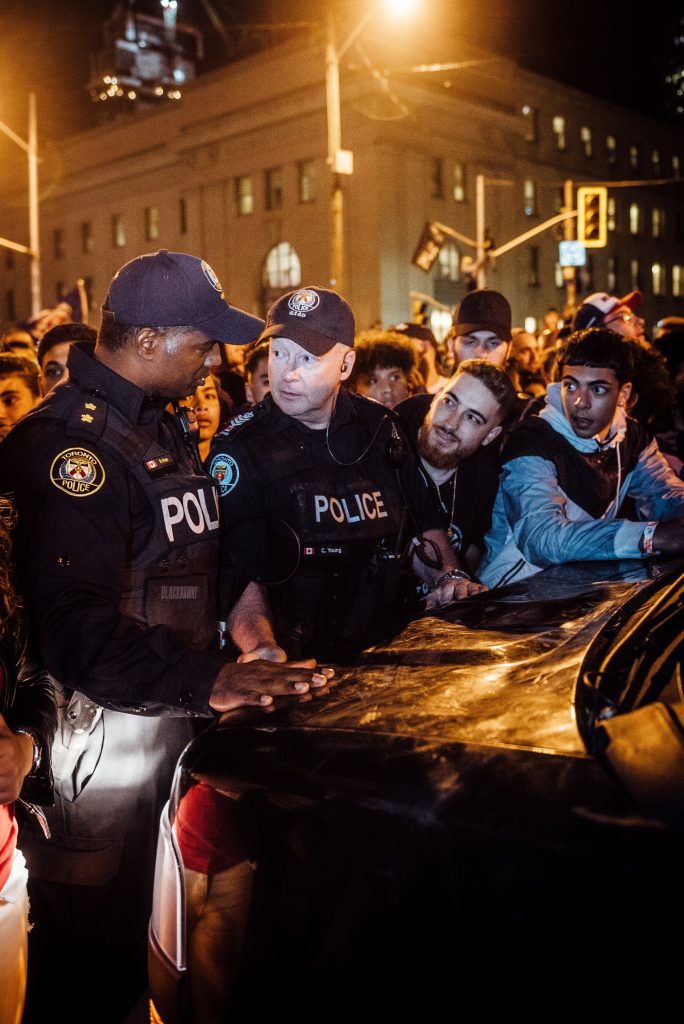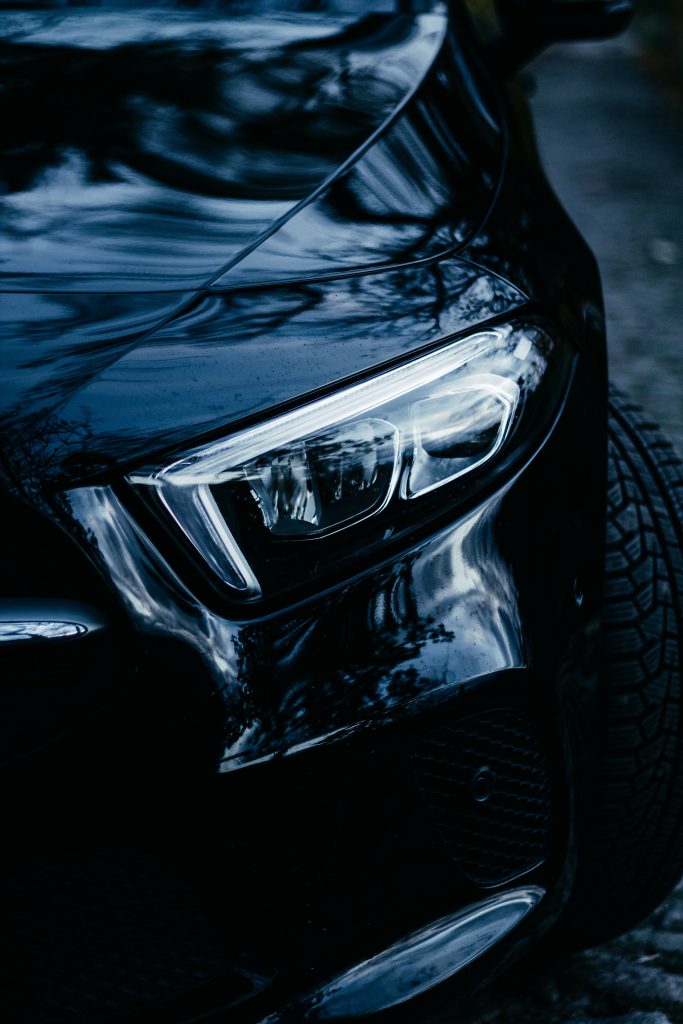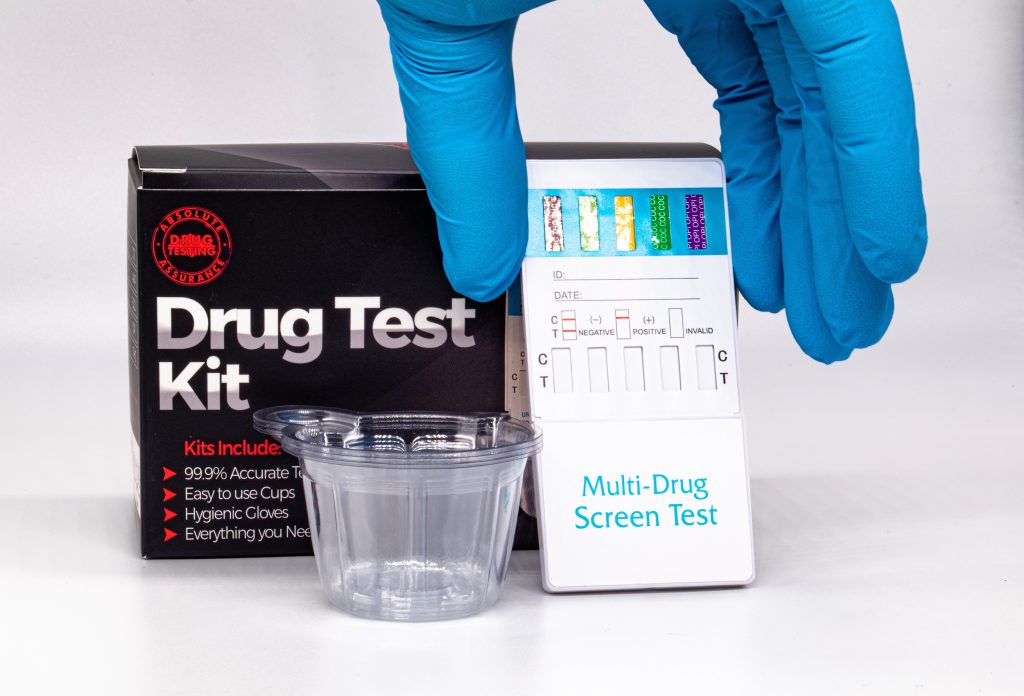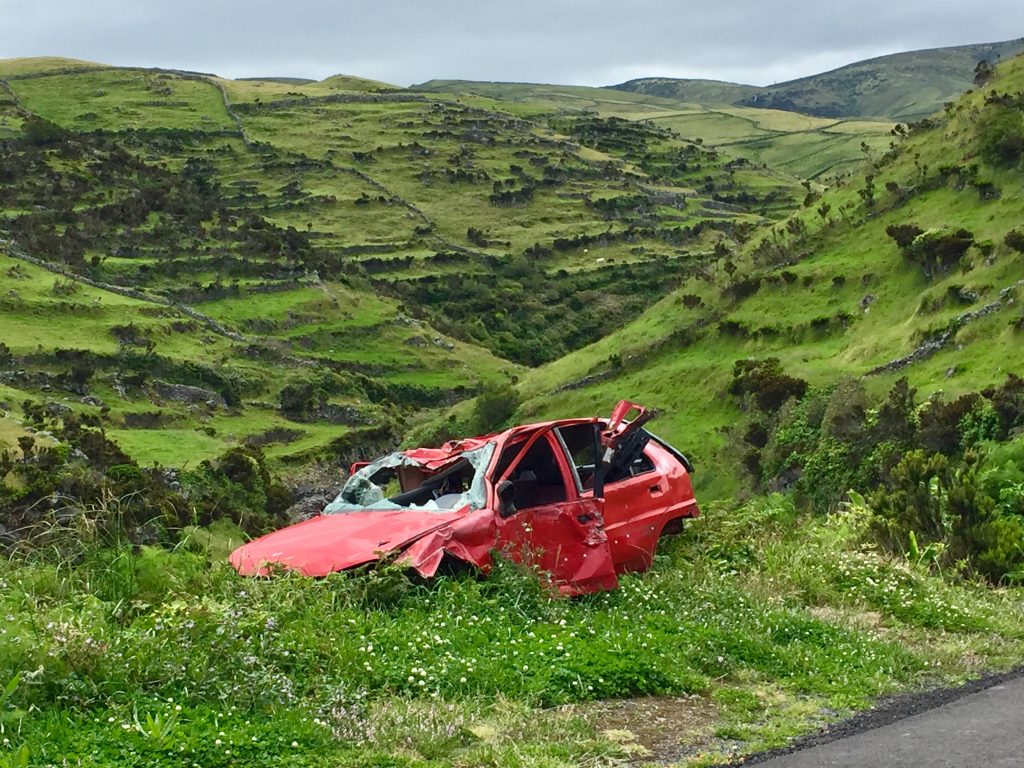 Construction is a necessary inconvenience. No one enjoys having their travel rerouted due to road construction, but nonetheless, drivers must follow construction signs to safely avoid the temporary hazards road work creates. What happens when a driver doesn’t see the construction signs and drives her car into a large hole in the street? Even if the path down the street isn’t clear, what’s clear to the Louisiana Fourth Circuit Court of Appeals is that a trial judge isn’t allowed to determine which party is telling the truth.
Construction is a necessary inconvenience. No one enjoys having their travel rerouted due to road construction, but nonetheless, drivers must follow construction signs to safely avoid the temporary hazards road work creates. What happens when a driver doesn’t see the construction signs and drives her car into a large hole in the street? Even if the path down the street isn’t clear, what’s clear to the Louisiana Fourth Circuit Court of Appeals is that a trial judge isn’t allowed to determine which party is telling the truth.
A single car accident happened the night of December 6, 2012 around 10:30 p.m. when Eileen Maldonado, her daughter, Dana Williams, and their friend, Derrick Sykes, were heading to Harrah’s Casino in downtown New Orleans. With Ms. Maldonado behind the wheel, their vehicle went through the under-construction intersection of Elks Place and Cleveland Avenue. Since it was dark, Ms. Maldonado did not see the large hole in the road which had been dug by Archer Western Construction, and the passenger side of her car fell into the hole.
Ms. Williams and Mr. Sykes initially brought a lawsuit against Ms. Maldonado and her insurer along with Archer Western Construction and their insurer. They blamed the accident on the negligence of both Ms. Maldonado and Archer Western, claiming that there were no barriers around the hole or general signs saying to not go through that intersection. An amendment to their lawsuit added Ms. Maldonado’s negligent driving to the case.
 Louisiana Personal Injury Lawyer Blog
Louisiana Personal Injury Lawyer Blog


 People generally expect to be safe from injury on the premises of a hotel or other such business. Thus, the owners and operators of these premises are required by law to do what is reasonably necessary to keep their guests safe. However, this obligation does not generally extend to incidents outside the property. For instance, a car accident that occurs on the road near the hotel is likely not the fault of the hotel itself. In 2017, the Second Circuit Court of Appeals considered such a situation.
People generally expect to be safe from injury on the premises of a hotel or other such business. Thus, the owners and operators of these premises are required by law to do what is reasonably necessary to keep their guests safe. However, this obligation does not generally extend to incidents outside the property. For instance, a car accident that occurs on the road near the hotel is likely not the fault of the hotel itself. In 2017, the Second Circuit Court of Appeals considered such a situation. Health insurance is extremely important and often a vital key to keeping both financial and physical health. When insurance payments collide with lawsuit payouts, things can become confusing. There are certain parts of Louisiana law that serve to protect those that have been injured in such instances. The Second Circuit Court of Appeal considered such a protection in 2017.
Health insurance is extremely important and often a vital key to keeping both financial and physical health. When insurance payments collide with lawsuit payouts, things can become confusing. There are certain parts of Louisiana law that serve to protect those that have been injured in such instances. The Second Circuit Court of Appeal considered such a protection in 2017. An occurrence such as a bad motor accident will almost likely aggravate any pre-existing injuries of an injured party. This, of course, depends on the seriousness of the accident in question. In this particular case, Mr. Urquhart and Mr. Nye were involved in a motor accident with a truck belonging to Sysco Food Services of New Orleans (“Sysco”), and driven by its employee, Mr. Spencer. This accident resulted in bodily injuries to Urquhart and Nye and further aggravated their already existing health challenges.
An occurrence such as a bad motor accident will almost likely aggravate any pre-existing injuries of an injured party. This, of course, depends on the seriousness of the accident in question. In this particular case, Mr. Urquhart and Mr. Nye were involved in a motor accident with a truck belonging to Sysco Food Services of New Orleans (“Sysco”), and driven by its employee, Mr. Spencer. This accident resulted in bodily injuries to Urquhart and Nye and further aggravated their already existing health challenges. Courts are often overflowing with frivolous lawsuits. In order to remedy this, defendants can file an exception for no right of action. If granted, the lawsuit is dismissed because the plaintiff cannot prove any facts that would support the claim.
Courts are often overflowing with frivolous lawsuits. In order to remedy this, defendants can file an exception for no right of action. If granted, the lawsuit is dismissed because the plaintiff cannot prove any facts that would support the claim.  How often do you go through the buffet line at your local supermarket? Next time, you might want to think twice before digging in to your lunch.
How often do you go through the buffet line at your local supermarket? Next time, you might want to think twice before digging in to your lunch. Summary judgments are a common tool in litigation to not only expedite the drawn out trial process, but they can also be used to cut down on the cost of a lawsuit. Yet, there are different standards about what kinds of documents can and cannot be considered when a party makes a motion for summary judgment. For two Baton Rouge individuals, their claims against an insurance company survived because of this technicality.
Summary judgments are a common tool in litigation to not only expedite the drawn out trial process, but they can also be used to cut down on the cost of a lawsuit. Yet, there are different standards about what kinds of documents can and cannot be considered when a party makes a motion for summary judgment. For two Baton Rouge individuals, their claims against an insurance company survived because of this technicality. On TV, lawyers are often shown dramatically acting out speeches in courtrooms and confronting witnesses. Those litigators do often have to speak and cross examine individuals, but in reality, much of an attorney’s role is to make sure the procedural and pleading aspects of a lawsuit are done correctly. Some of this procedure is based on a strategy of knowing what court to file a claim in in order to gain the best opportunity for recovery for your client. A St. Mary Parish School crossing guard’s lawsuit was dismissed when the court found that he had already filed an identical claim which had been dismissed.
On TV, lawyers are often shown dramatically acting out speeches in courtrooms and confronting witnesses. Those litigators do often have to speak and cross examine individuals, but in reality, much of an attorney’s role is to make sure the procedural and pleading aspects of a lawsuit are done correctly. Some of this procedure is based on a strategy of knowing what court to file a claim in in order to gain the best opportunity for recovery for your client. A St. Mary Parish School crossing guard’s lawsuit was dismissed when the court found that he had already filed an identical claim which had been dismissed. Perhaps one of the biggest myths about the law is that you can bring a lawsuit anywhere about anything. In reality, a court must have jurisdiction in order to hear a case. Jurisdiction is the power of a legal body to make binding decisions over the people involved. In addition to having jurisdiction over the parties to the case, the court must also have subject matter jurisdiction. Subject matter jurisdiction is the ability for a court to hear the
Perhaps one of the biggest myths about the law is that you can bring a lawsuit anywhere about anything. In reality, a court must have jurisdiction in order to hear a case. Jurisdiction is the power of a legal body to make binding decisions over the people involved. In addition to having jurisdiction over the parties to the case, the court must also have subject matter jurisdiction. Subject matter jurisdiction is the ability for a court to hear the  Car accidents are often difficult to sort out. Blame is not always easy to establish, and conflicting evidence is often prevalent. Good lawyers and judges are then called in to try to accurately present the evidence to a jury so that the jury can apportion blame to the proper parties. Such a seemingly confusing situation occurred in Baton Rouge, Louisiana when a Swiss tourist, Patrick Gisler, was driving a rental car and collided with a car driven by Lance Boudreaux.
Car accidents are often difficult to sort out. Blame is not always easy to establish, and conflicting evidence is often prevalent. Good lawyers and judges are then called in to try to accurately present the evidence to a jury so that the jury can apportion blame to the proper parties. Such a seemingly confusing situation occurred in Baton Rouge, Louisiana when a Swiss tourist, Patrick Gisler, was driving a rental car and collided with a car driven by Lance Boudreaux.